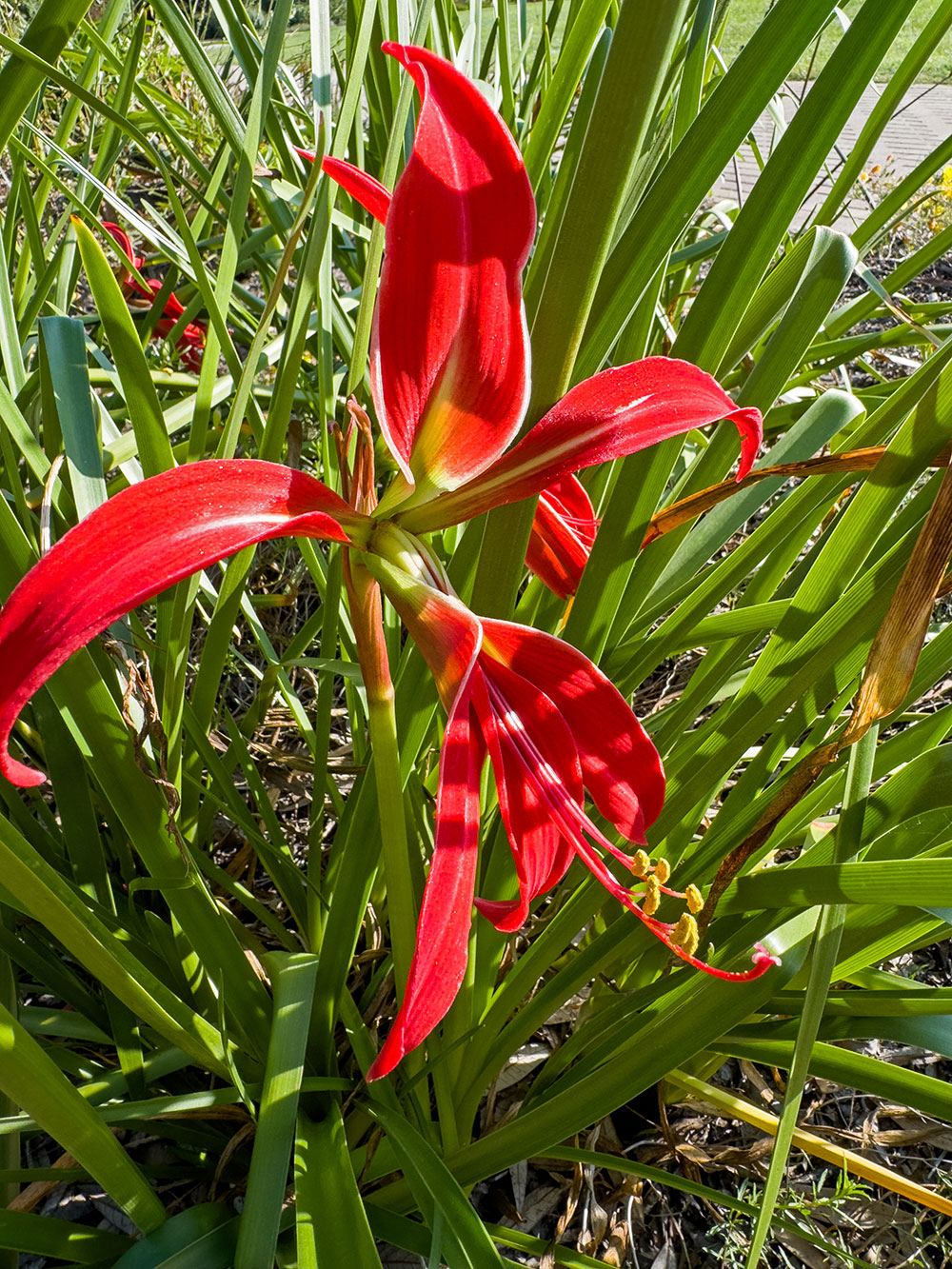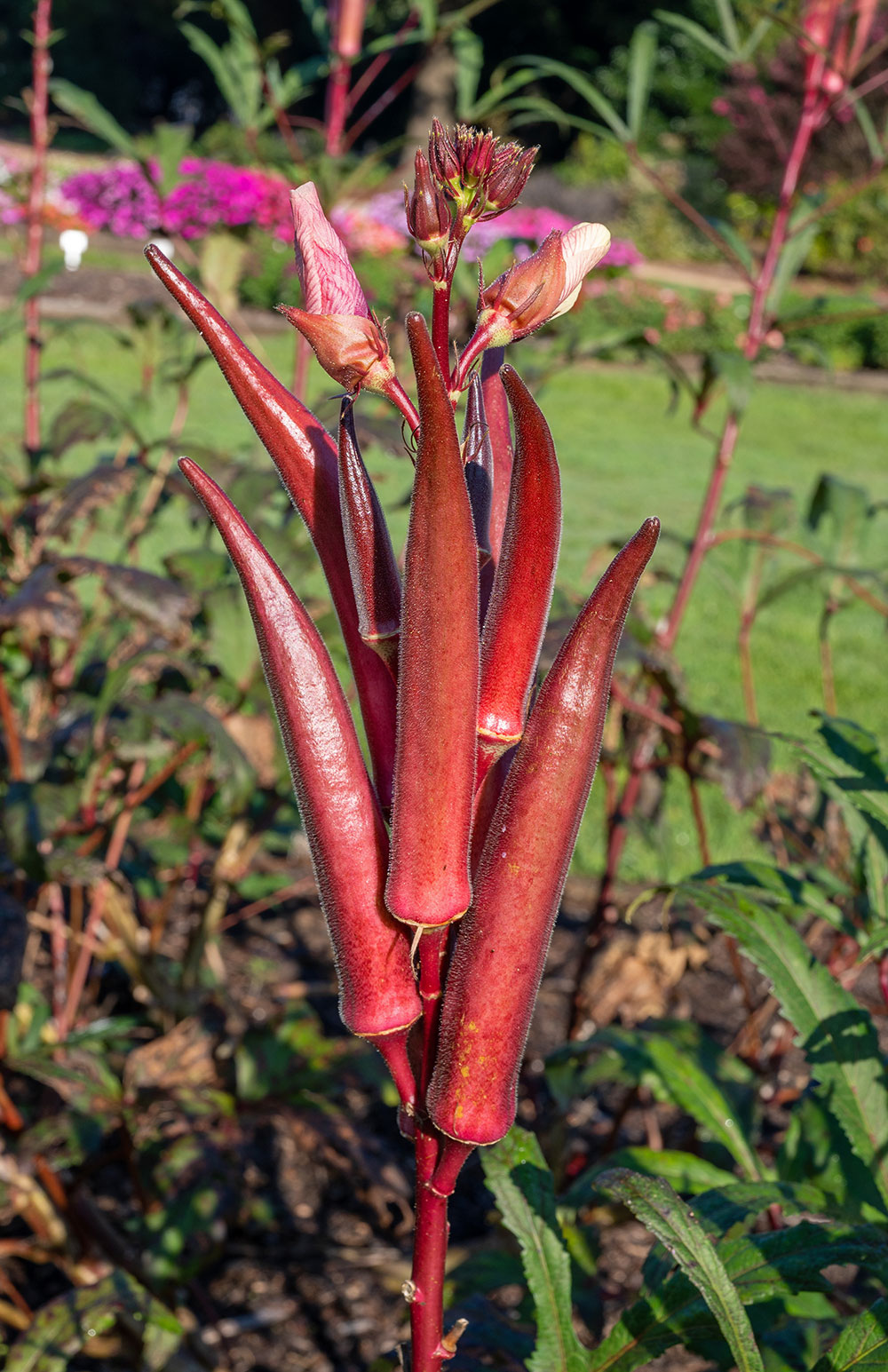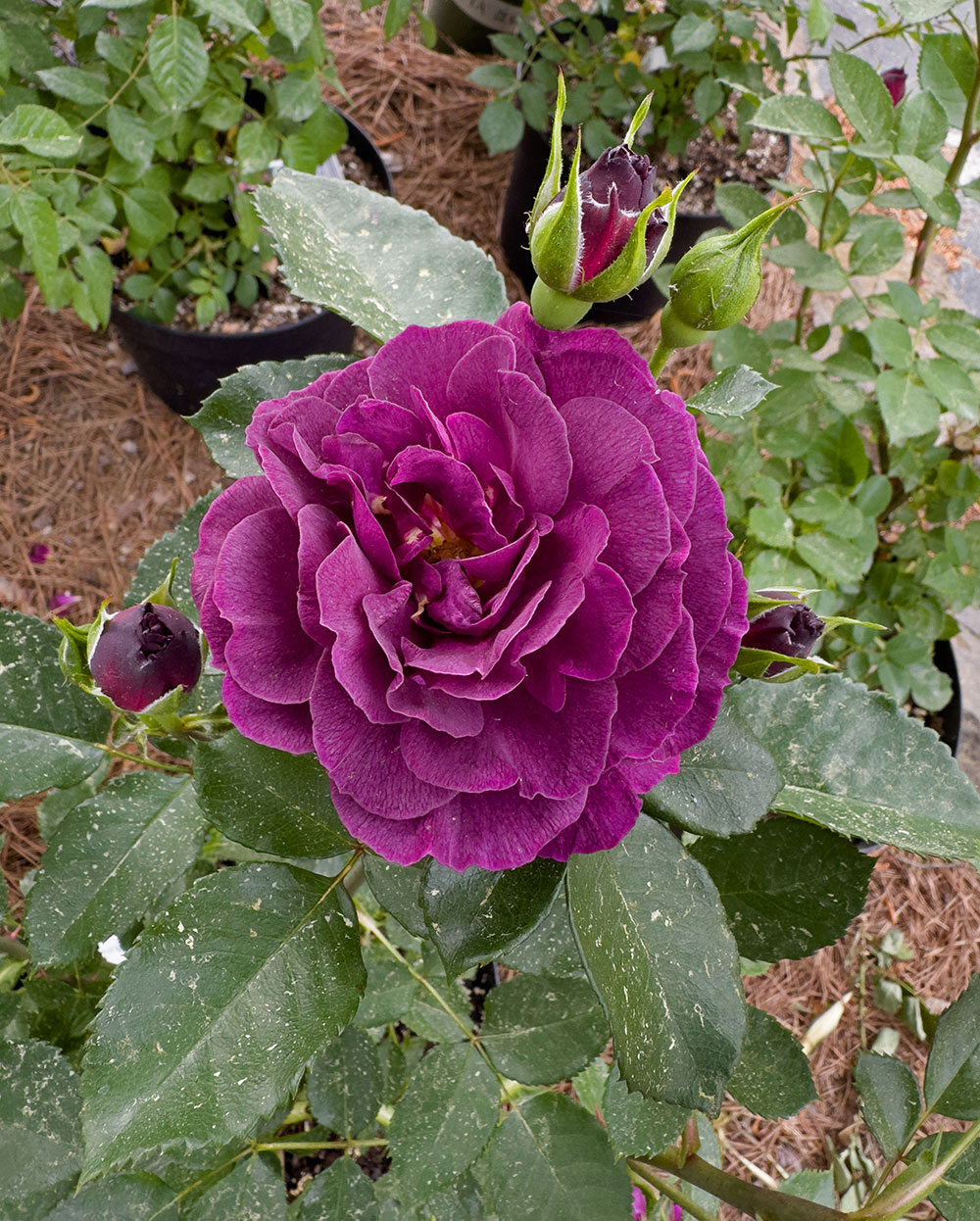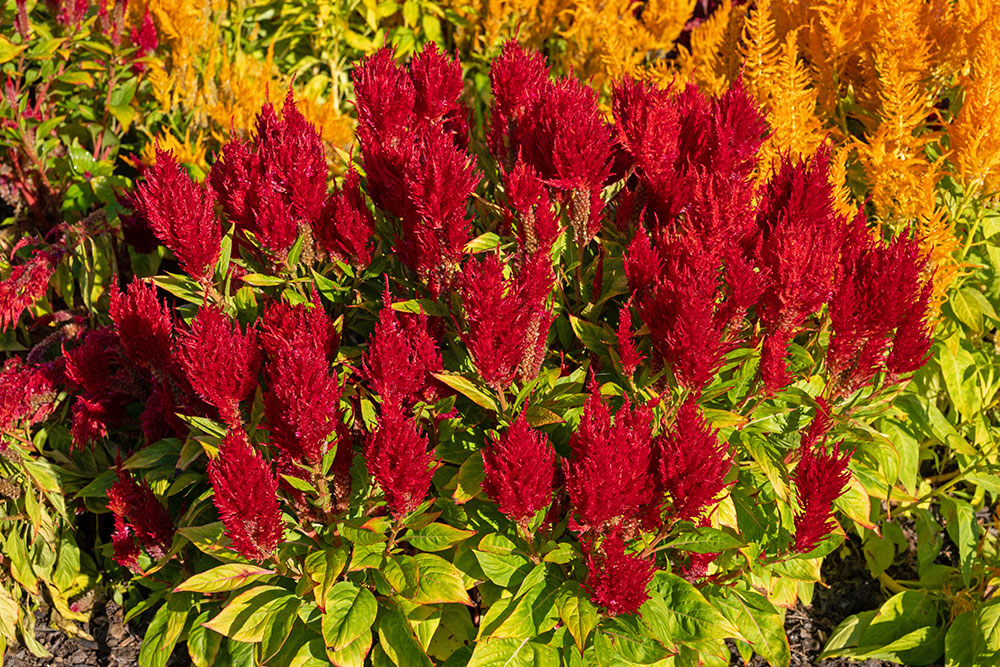
Aztec lily
Seeing red is not exactly the best way to start off a brand new, hopeful New Year, but right now I just can’t help myself. No, I’m not angry, irritated, annoyed, or peeved — whatever that is. Instead, I’m thinking back to a photo session I did at the JC Raulston Arboretum in Raleigh last September. It was just a quick shoot-and-scoot to help keep my image library stocked up, but after looking over all the pictures, something stood out: red.
Even deep into the fading summer, red was still abundantly aglow in the JCRA’s planting beds. So it occurred to me that if you are looking to add some sizzling visual pop to your garden this growing season, here are four pretties I found last year to consider:
Red Spider Lily (Lycoris radiata). A fashionable sight in Southern landscapes since the mid-1800s, red spider lily could also grace your garden — if you can put up with its weird growing cycle. In the early fall, bulbs sprout strap-like leaves that persist through the winter, but they die down in the spring. In late summer, however, skinny spikes miraculously rise from the bare earth and explode into a galaxy of bright ruby stars. Strange? Yes. Spectacular? Definitely.

‘Candle Fire’ okra
Red Feather Celosia (Celosia argentea var. plumosa). The JCRA beauty was ‘Flamma Red,’ but this jazzy annual also shines brightly in yellow, orange, and purple cultivars. Best grown in rich soil under a full sun — and stunning in mass plantings — feather celosias flaunt long-lasting blooms. Their flower show can be extended into early autumn by deadheading spent blossoms.
Aztec Lily (Sprekelia formosissima). This flashy perennial from the Amaryllis family sports six slim tepals cloaked in crimson on its flowers, which measure up to 6 inches across and are embraced by narrow leaves that top out at about a foot high. Spring is an ideal time to plant Aztec lily, and it prefers well-draining soil in a sunny location. If you can’t find bulbs of this Central American beauty locally, they are easy online finds.
Red Okra (Abelmoschus esculentus). A true edible ornamental, the cultivar at JCRA was the All-America Selections winner ‘Candle Fire,’ but the common, easy-to-find heirloom ‘Burgundy’ sports similar sass — and both also show off handsome hibiscus-like flowers. Okra is a sun-lover, so give it as much exposure to ol’ Sol as you can. Also, for more pods per plant, avoid high-nitrogen fertilizers. Wait until at least May or June to plant because this heat-seeker develops faster in warm soil.
To Do in the Garden

Late winter is a good time to plant bare-root forms of roses such as this pretty floribunda, ‘Ebb Tide.’
Cold weather might have the Triangle in its chilly grip now, but, for sharp gardeners, the forecast is still rosy because late winter is a good time to buy as well as plant bare-root roses. Ideally, you should plant such roses as soon as possible, but do give their roots a beneficial hydration session in a bucket of water for five or six hours before tucking them into well-draining, sunny sites. Also, to get your roses kick-started into the new spring, mix into each planting hole (which should be about 18 inches wide and deep) a generous dose of organic nutrients such as commercial cow manure fertilizer and a handful of lime.
January
- Don’t kick your Christmas tree to the curb just yet. Remove all of its Yuletide fineries and reload with suet bars, berry strings, and seed bells to transform it into an outdoor wild bird winter diner.
- If snow dusts your landscape this winter, enjoy the scenery while removing as much as possible from the branches of evergreens, which could break from the extra weight. And do it sooner rather than later. Fresh snow is easily taken off with a broom or leaf blower, while melting snow that refreezes will stubbornly cling to foliage.
February
- Don’t wait until spring to visit your friendly local garden centers because you might miss out on seeing and, of course, buying such winter-blooming wonders as witch hazel, winter honeysuckle, wintersweet, hellebores, sweetbox, and winter daphne.
- White stain rings besmirching your clay pots? It’s the result of fertilizer minerals leaching through the porous clay. No worries though because such discolorations can be cleaned off with vinegar.
- Out & About in Wake County: January/February 2025
- The Man Behind the Mic
- New Year, New Adventures
- Small Business Spotlight: The Curative Wellness Boutique
- Erica Chats: You: The Biggest Project You’ll Ever Work On!
- Brodeto Feels Like Floating in the Adriatic on a Weeknight
- Pay It Forward: Roots with Purpose
- Celebrated Spirits: Mild Green
- Celebrated Spirits: It Girl
- Garden Adventurer: Seeing Red
- 2025 Readers’ Choice Awards: Restaurants
- 2025 Readers’ Choice Awards: Lifestyle
- 2025 Readers’ Choice Awards: Services
- 2025 Readers’ Choice Awards: Shopping
- 2025 Readers’ Choice Awards








